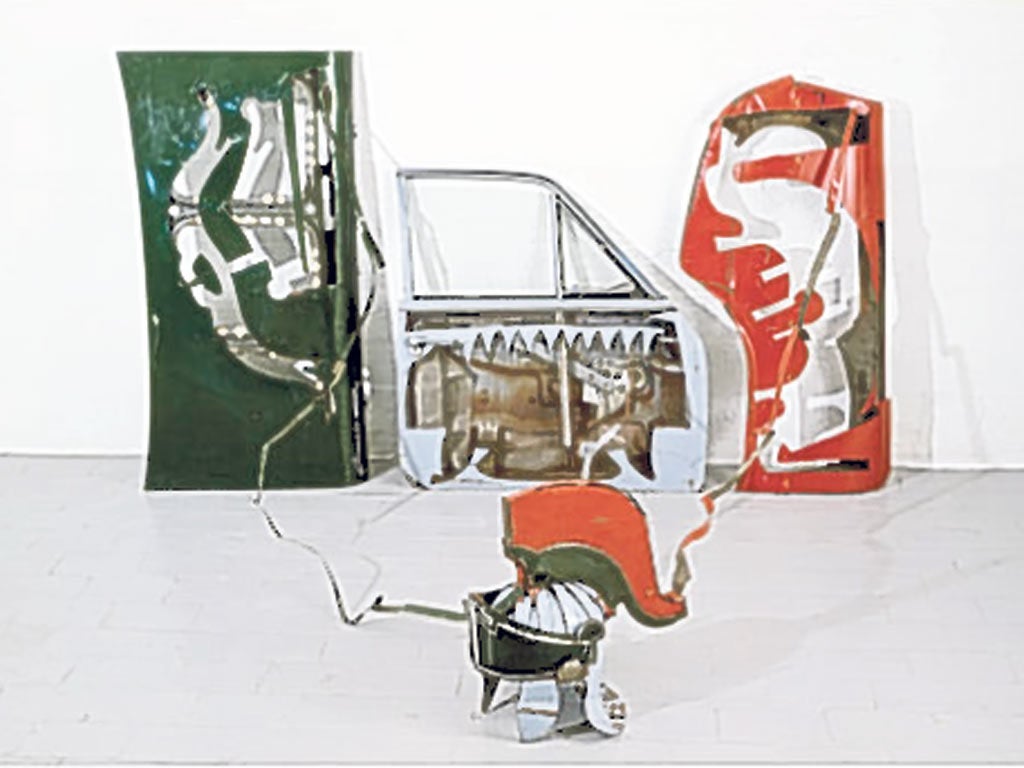Camulodunum, Firstsite, Colchester

Colchester's Firstsite has a dramatic new building, a golden curving shell designed by Raphael Viñoly that hugs a garden and gently preserves an ancient Roman mosaic under a glass floor at the heart of the gallery. The Berryfield Mosaic was discovered in 1923 with a human skeleton, oyster shells and pottery, and it can be read as a kind of cornerstone for Firstsite's opening exhibition, Camulodunum (the exhibition title taken from the old name for Colchester). The tone is set by Danh Vo's huge sculpture We the People (2011), part of a larger work in which he is making a replica of each part of the Statue of Liberty in copper. Packing crates, tools and rags are strewn around a huge hand, which will never likely never find its way on to an arm.
Aleksandra Mir's brilliant HELLO Colchester (2011) is a very moving piece of work that swoops gracefully through history, orbiting Colchester. A long row of printed photographs, each featuring two people, lines one of the gallery's long, curving walls. Like a domino game, one figure from each photograph is present in the next image along. A simple device, but one that creates some very immediate narratives: one image features a young female cellist in an orchestra with an older man who shares her surname, perhaps her father. In the adjacent picture we see this man on stage with Graham Coxon from Blur (the band is local to the area). Circling around Colchester, we see grandfathers become young romantic men, queens and kings, local celebrities.
In turns gentle, intelligent, populist and subversive, the exhibition invites us to see Colchester's historic pageants alongside the work of the Neo Naturists – a post-punk performance group (including local boy Grayson Perry). The sexuality of ruins and statues is explored by Sarah Lucas's Penetralia works and Richard Hawkins's collages and ruminations on the "misuse" of statues' backsides. These gleeful subversions and potential portals are echoed in Robert Smithson's Chalk-Mirror Displacement (1969), a historic work that draws endless landscapes out of mirrors and piles of chalk on the gallery floor, and Rebecca Warren's vitrine of neons, sculptures and bits of trash, a tiny little wasteland of contemporary art. A civilisation in fragments which sits atop another civilisation in fragments.
To 22 January (01206 577067)
Join our commenting forum
Join thought-provoking conversations, follow other Independent readers and see their replies
Comments